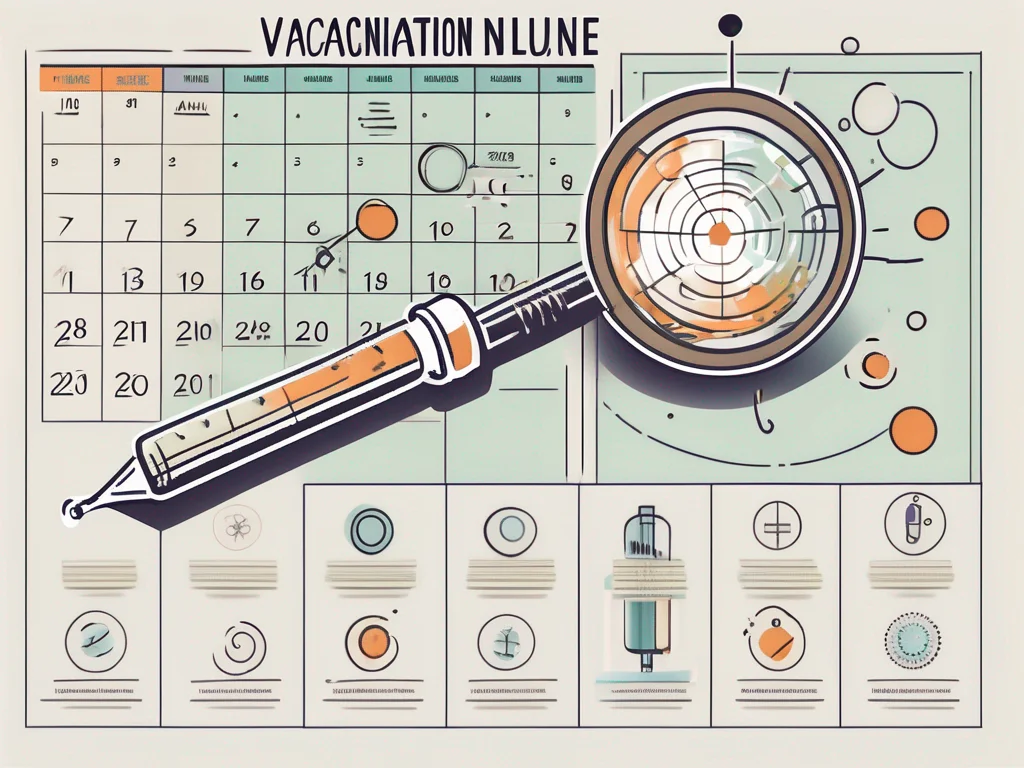Influenza, commonly known as the flu, is a contagious respiratory illness that can lead to severe complications, hospitalizations, and even death, particularly among high-risk groups. Vaccination, especially with the inactivated influenza vaccine (IIV), is a vital tool in reducing the flu’s impact. This blog explores how to identify high-risk groups, the importance of prioritizing vaccination, and key details about IIV, including its efficacy, administration, and side effects.
What Is Influenza and Why Is Vaccination Crucial?
Influenza is caused by viruses that spread easily through respiratory droplets. While many recover without issue, certain groups—such as young children, older adults, pregnant women, and those with chronic conditions—face higher risks of severe outcomes. Vaccination significantly reduces these risks by preparing the immune system to fight the virus. The inactivated influenza vaccine (IIV), which contains killed viruses, is one of the most widely used and effective options.
Key Points:
- What is the flu? A contagious respiratory illness caused by influenza viruses.
- Why vaccinate? To prevent severe complications, hospitalizations, and deaths, especially in vulnerable populations.
- What is IIV? A vaccine with inactivated viruses that stimulates immunity without causing illness.
Who Are the High-Risk Groups for Influenza?
Certain populations are more vulnerable to flu complications, making vaccination a priority for them. Identifying these groups ensures targeted protection.
High-Risk Groups:
- Young children: Children aged 6 months to 8 years are at risk due to developing immune systems.
- Older adults: Individuals aged 65 and older often have weaker immune responses.
- Pregnant women: Pregnancy increases susceptibility to severe flu complications.
- People with chronic conditions: Those with heart disease, diabetes, or weakened immune systems face higher risks.
Why Prioritize These Groups?
Vaccinating high-risk individuals reduces severe outcomes and contributes to community immunity, limiting the spread of influenza during flu season.
How Does the Inactivated Influenza Vaccine (IIV) Work?
The inactivated influenza vaccine introduces viral antigens—surface proteins of the flu virus—into the body. These antigens trigger the immune system to produce antibodies, which later recognize and neutralize live flu viruses. Since IIV contains no live viruses, it cannot cause the flu.
Key Features of IIV:
- Versatility: Suitable for ages 6 months and up, including those with chronic conditions and pregnant women.
- Annual updates: Adjusted yearly to match circulating flu strains.
- Mild side effects: Soreness at the injection site or low-grade fever, typically resolving quickly.
- Reduced severity: Even if vaccinated individuals contract the flu, symptoms are milder, and complications are less likely.
Age-Specific Guidelines for IIV
Vaccination recommendations vary by age to ensure optimal protection.
Pediatric Guidelines
- Who? Children aged 6 months to 8 years.
- Dosing: Two doses, four weeks apart, in the first vaccination season; one dose annually thereafter.
- Why? Young children are highly susceptible to flu complications, and pediatric formulations are designed to boost immunity effectively.
- Role of healthcare providers: Educate parents on the importance of timely vaccination and address safety concerns.
Adult Guidelines
- Who? Individuals aged 9 and older.
- Dosing: One dose per flu season.
- Why? Adults, especially those with chronic conditions or in older age groups, benefit from annual vaccination to reduce flu severity and spread.
- Community immunity: Vaccinated adults help protect vulnerable populations by reducing transmission.
How Is the Inactivated Influenza Vaccine Administered?
Proper administration is critical to ensuring IIV’s effectiveness.
Dosage Instructions:
- Follow manufacturer guidelines for dosage and needle size.
- Administer via intramuscular injection, typically in the upper arm.
Best Practices:
- Hand hygiene: Wash hands or use alcohol-based sanitizer before and after administration to prevent contamination.
- Site preparation: Clean the injection site with an alcohol swab to avoid infections.
- Post-vaccination monitoring: Observe patients briefly for adverse reactions.
- Safe disposal: Use designated sharps containers for needles and syringes.
These practices ensure safety, efficacy, and high vaccination coverage rates.
How Effective Is the Inactivated Influenza Vaccine?
IIV’s effectiveness depends on several factors, but studies consistently show it reduces flu-related illnesses, hospitalizations, and deaths.
Factors Influencing Efficacy:
- Vaccine strain match: Effectiveness varies based on how well the vaccine matches circulating flu strains.
- Age: Older adults may have a weaker immune response.
- Immune status: Individuals with compromised immune systems may experience reduced protection.
Real-World Impact:
- IIV lowers the risk of severe flu outcomes, particularly in high-risk groups.
- Even partial protection reduces symptom severity and hospitalization rates.
What Are the Side Effects of IIV?
While generally safe, IIV can cause mild, temporary side effects.
Common Side Effects:
- Soreness at the injection site.
- Low-grade fever.
- Muscle aches.
These typically resolve within 1–2 days without medical intervention.
Precautions and Contraindications:
- Allergies: Assess for allergies to vaccine components.
- Guillain-Barré Syndrome (GBS): Consult healthcare providers if there’s a history of GBS, though the risk is rare.
- Immunocompromised individuals: Vaccination is critical but may require tailored timing for optimal effect.
Pregnant women and those with chronic conditions should discuss vaccination with their healthcare provider to ensure safety and efficacy.
When and Where to Get the Inactivated Influenza Vaccine?
IIV is available annually before flu season, typically starting in early fall.
Where to Get Vaccinated:
- Healthcare provider offices.
- Pharmacies.
- School-based or community vaccination programs.
When to Vaccinate?
Ideally, get vaccinated before flu season peaks (late fall to early winter) to ensure timely protection.
How Does IIV Compare to Other Influenza Vaccines?
Other flu vaccines, such as live attenuated influenza vaccines (LAIV) and recombinant influenza vaccines, are available. Here’s a quick comparison:
- IIV: Uses killed viruses, suitable for most populations, including high-risk groups.
- LAIV: Contains weakened live viruses, administered nasally, typically for healthy, non-pregnant individuals aged 2–49.
- Recombinant vaccines: Use synthetic proteins, ideal for those with egg allergies.
Consult healthcare providers to choose the best option based on individual needs.
Why Is Prioritizing Vaccination for High-Risk Groups Important?
High-risk groups face greater chances of severe flu complications, making vaccination critical. Prioritizing these groups:
- Reduces hospitalizations and deaths.
- Protects vulnerable populations, like infants and the elderly.
- Enhances community immunity, limiting flu spread.
How Can Healthcare Providers Support Vaccination Efforts?
Healthcare providers play a key role in increasing vaccination rates by:
- Educating patients about IIV’s benefits and safety.
- Addressing myths and misconceptions.
- Ensuring proper vaccine administration and follow-up.
Conclusion
The inactivated influenza vaccine (IIV) is a safe, effective tool for preventing influenza and its complications. By prioritizing high-risk groups—young children, older adults, pregnant women, and those with chronic conditions—vaccination efforts can significantly reduce the flu’s burden. Understanding IIV’s features, administration, and efficacy empowers individuals and healthcare providers to make informed decisions, protecting both personal and community health.



